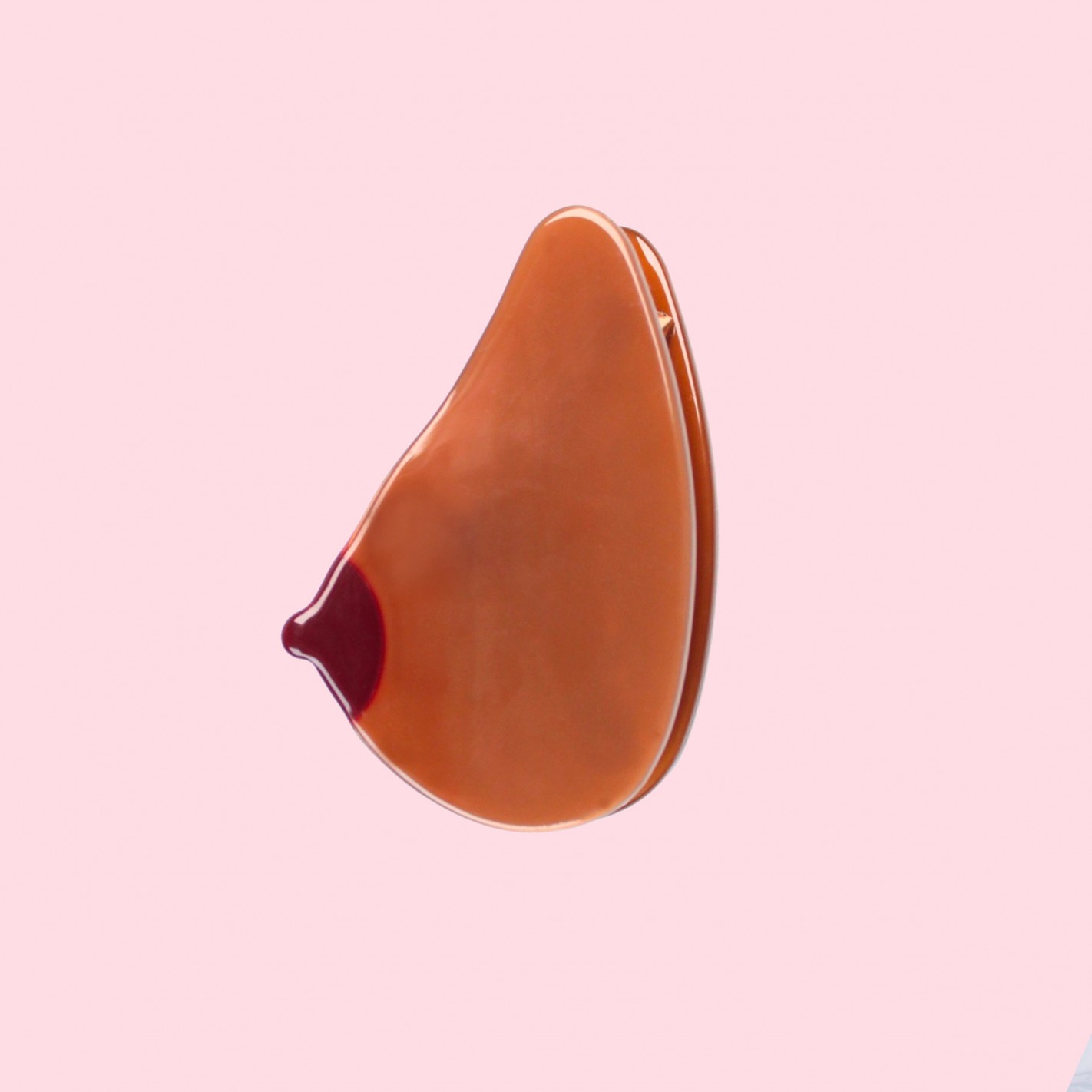Understanding The Phenomenon Of The 3 Boob Woman
The concept of a "3 boob woman" has intrigued many people, sparking curiosity and discussion across various platforms. This rare condition, medically known as polymastia, refers to the presence of an extra breast or breast tissue, often located along the "milk line" of the body. While the condition is not widely understood by the general public, it is essential to approach it with sensitivity and awareness. Understanding the science behind this phenomenon can help demystify it and provide clarity to those seeking answers.
Polymastia affects a small percentage of the population, and while it may not be life-threatening, it can have emotional and psychological impacts on those who experience it. The presence of an additional breast or breast tissue can lead to feelings of self-consciousness or insecurity, especially in a society that often emphasizes conventional beauty standards. However, many individuals with this condition have embraced their uniqueness, using their experiences to educate others and advocate for body positivity.
While the term "3 boob woman" might sound unusual or even humorous to some, it is crucial to remember that this is a real medical condition that deserves respect and understanding. By shedding light on this topic, we aim to provide valuable information to those who are curious or directly affected. This article will explore the causes, symptoms, and treatment options for polymastia, as well as share inspiring stories from individuals who have embraced their differences.
Read also:Crystal Chase Ig Unveiling The Rising Star On Instagram
Table of Contents
What Is Polymastia?
Polymastia, or the presence of an extra breast, is a congenital condition that occurs during fetal development. It is caused by the incomplete regression of the milk line, which is the area of the body where breast tissue forms during pregnancy. In most cases, the extra breast tissue appears along this line, which runs from the armpit to the groin. While some individuals may have a fully developed extra breast, others may only have a small amount of tissue or a nipple-like structure.
Is Polymastia Common?
Polymastia is considered a rare condition, affecting approximately 1 in 500 to 1 in 2,000 people. Despite its rarity, it is one of the most common congenital breast anomalies. Many cases go undiagnosed because the extra tissue may not be noticeable or may be mistaken for a mole or other skin condition. However, as awareness of the condition grows, more people are seeking medical advice and support.
Can Polymastia Be Treated?
Yes, polymastia can be treated, depending on the severity of the condition and the individual's preferences. Treatment options include surgical removal of the extra tissue, which is often performed for cosmetic reasons or to alleviate discomfort. In some cases, the extra breast tissue may be functional, meaning it can produce milk during pregnancy. This can lead to complications, such as pain or infection, which may also require medical intervention.
How Does Polymastia Affect Women?
For women with polymastia, the condition can have both physical and emotional effects. Physically, the extra breast tissue may cause discomfort, especially during menstruation or pregnancy when hormonal changes occur. Emotionally, women may struggle with body image issues or feel self-conscious about their appearance. However, many women have found empowerment through embracing their uniqueness and advocating for body positivity.
Biography of a Woman with Polymastia
To better understand the experiences of a "3 boob woman," let's explore the life of Sarah Thompson, a public advocate for polymastia awareness. Sarah was born with an extra breast tissue located near her armpit, which she initially kept hidden due to fear of judgment. Over time, she decided to share her story to help others feel less alone.
Personal Details and Bio Data
| Name | Sarah Thompson |
|---|---|
| Date of Birth | March 15, 1985 |
| Occupation | Advocate and Public Speaker |
| Known For | Raising Awareness About Polymastia |
| Location | New York, USA |
Inspiring Stories of the 3 Boob Woman
Many women with polymastia have turned their experiences into opportunities to inspire others. For example, Sarah Thompson has spoken at numerous events, sharing her journey of self-acceptance and encouraging others to embrace their differences. Her story highlights the importance of self-love and the power of community support.
Read also:Ana Foxxx Instagram Unveiling The Stars Social Media Presence
How to Support Someone with Polymastia?
Supporting someone with polymastia involves listening to their experiences without judgment and offering encouragement. Here are a few ways you can help:
- Educate yourself about the condition to better understand their perspective.
- Avoid making jokes or insensitive comments about their appearance.
- Encourage them to seek professional medical advice if needed.
- Be a source of emotional support during challenging times.
Frequently Asked Questions About Polymastia
Can Polymastia Lead to Health Issues?
In some cases, polymastia can lead to health issues, such as pain, infection, or the development of cysts. It is essential to monitor the extra tissue and consult a healthcare professional if any symptoms arise.
Is Polymastia Hereditary?
While polymastia is not directly hereditary, there may be a genetic predisposition in some families. If you have a family history of congenital breast anomalies, it is worth discussing with your doctor.
How Can I Boost My Confidence as a 3 Boob Woman?
Boosting confidence as a "3 boob woman" involves practicing self-acceptance and surrounding yourself with supportive people. Engaging in activities that make you feel empowered, such as advocacy work or creative expression, can also help.
Conclusion
The journey of a "3 boob woman" is one of resilience, self-discovery, and empowerment. By understanding the condition of polymastia and supporting those who live with it, we can foster a more inclusive and compassionate society. Whether you are personally affected by this condition or simply curious, remember that every individual's experience is unique and valuable. Let us continue to celebrate diversity and promote awareness for all.
Who Is Henry Davis Son: A Comprehensive Guide To His Life And Achievements
Lakeview Social Tahoe: Your Ultimate Guide To A Vibrant Community Hub
Discover The Charm Of La Casona Cafe: A Hidden Gem For Coffee Lovers

"Portrait Of A Beautiful Woman In Black And White" by Stocksy

Boob Hair Claw Black Isola Boutique